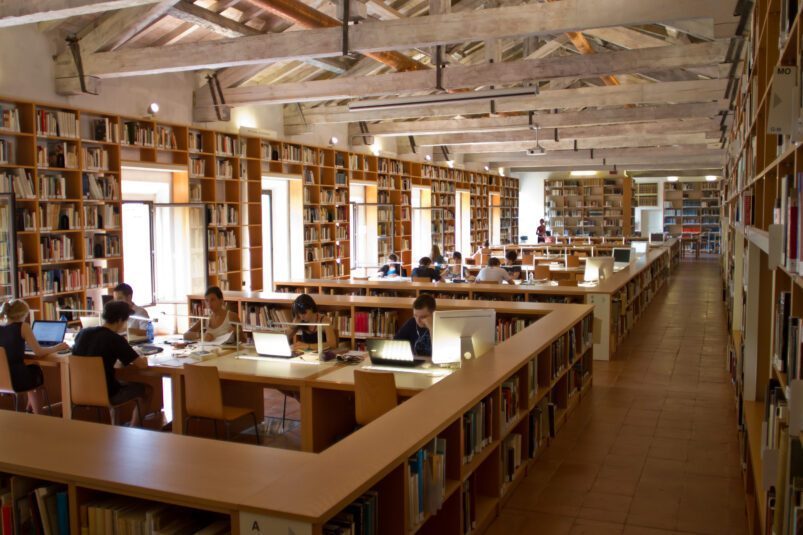The Fondazione Federico Zeri of the University of Bologna, Italy, has recently undertaken a new, ambitious digital cataloguing project involving Everett Fahy’s photo library. Let’s discover this exciting art history project with a triple interview with Prof. Andrea Bacchi, Director, Dr. Francesca Mambelli, Database Designer, and Luca Mattedi, Research Fellow at the Fondazione Zeri.
Written by: European Heritage Youth Ambassador Giovanni Pescarmona
Professor Bacchi, can you please explain to us the life of the Zeri Foundation?
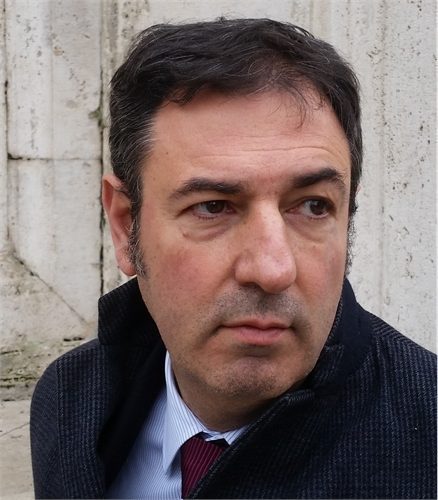
Federico Zeri (1921 – 1998) has been one of the most important art historians of the Twentieth century. When he died, he bequeathed to the University of Bologna his library (comprising more than 40.000 books, and a whole collection of auction catalogues) and his immense photographic library. One of the most relevant art photo libraries of the world, it comprises around 300.000 photographs, mostly black and white, representing italian and European art from the Middle-Ages to the Baroque age. The Zeri Foundation preserves this heritage and promotes the study of modern Italian and European art through courses, publications, and research projects.
What has been the public strategy of the Zeri Foundation?
The cataloguing of Zeri’s Photo Library started in 2003. Back then, digital cataloguing was developed enough to experiment and build a vast atlas of painting and sculpture, making it accessible online worldwide. Thanks to the metadata implementation of the photographs, Zeri’s pictures get also very good SEO results. The challenge that the foundation has undertaken in the last 20 years is to keep state of the art technology and cataloguing practices. Today, the online photo library of the Zeri Foundation receives more than 500.000 visits per year, making it a reference tool for art historians all around the world.
An introduction video about the Zeri Foundation:
Dr. Mambelli, is the Zeri Foundation part of a European network?
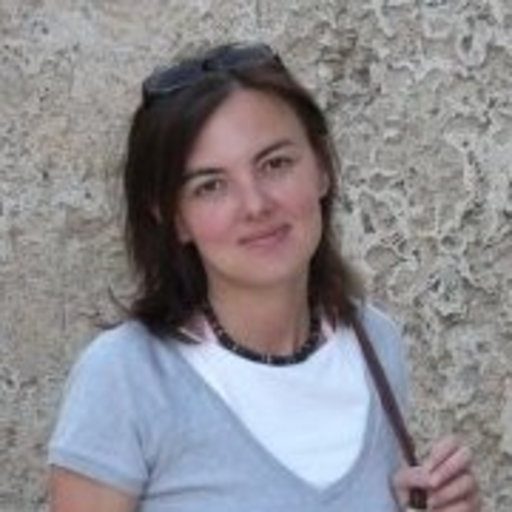
The Zeri Foundation is one of the first 5 Italian content providers of Europeana, firmly believing and investing in the idea of a European culture and a common open access data space. Moreover, since 2015, a significant part of the photographic catalogue is freely downloadable as Linked Open Data, fostering interoperability and reusability of the datasets across multiple platforms. The importance of the digitization work derives from the importance of culture per se, and the importance of the accessibility of culture. Heritage defines the way we shape the world: the idea of Italy as a nation is built upon its Cultural Heritage.
The Zeri photo library gets now an important addition: Everett Fahy’s collection of photographs. Can you tell us more about this important corpus of images?
Everett Fahy (1941 – 2018) is considered to have been one of the finest Italian painting connoisseurs. He followed Zeri’s example and collected, during his lifetime, an impressive photo-archive (40.000 pictures and 46.000 paper documents). Perhaps even more that Zeri himself, that could be considered Fahy’s mentor, he put his effort to carefully organize and annotate his photographs using lists to sort photographs according to author, subject, and provenance. Fahy’s work will not be wasted: all the information that he collected will be digitised, allowing scholars and enthusiasts to browse his collection of images online for their studies and enjoyment.
Heritage defines the way we shape the world: the idea of Italy as a nation is built upon its Cultural Heritage.
Francesca Mambelli
Dr. Mambelli, how can the Zeri Foundation concile the technology with traditional art historical approaches?
Traditional art-historical approaches are progressively making use of digital methods that were inaccessible to previous generations of scholars. Zeri himself has been a precursor of modern digital cataloguing practices. He worked for the Italian Soprintendenza (the institution that is in charge of conservation of the Cultural Heritage in Italy) in Rome between 1946 and 1955. Therefore, he knew well the challenges of knowing and preserving material heritage. Conservation starts with knowledge, and Zeri knew this very well based on his experience.
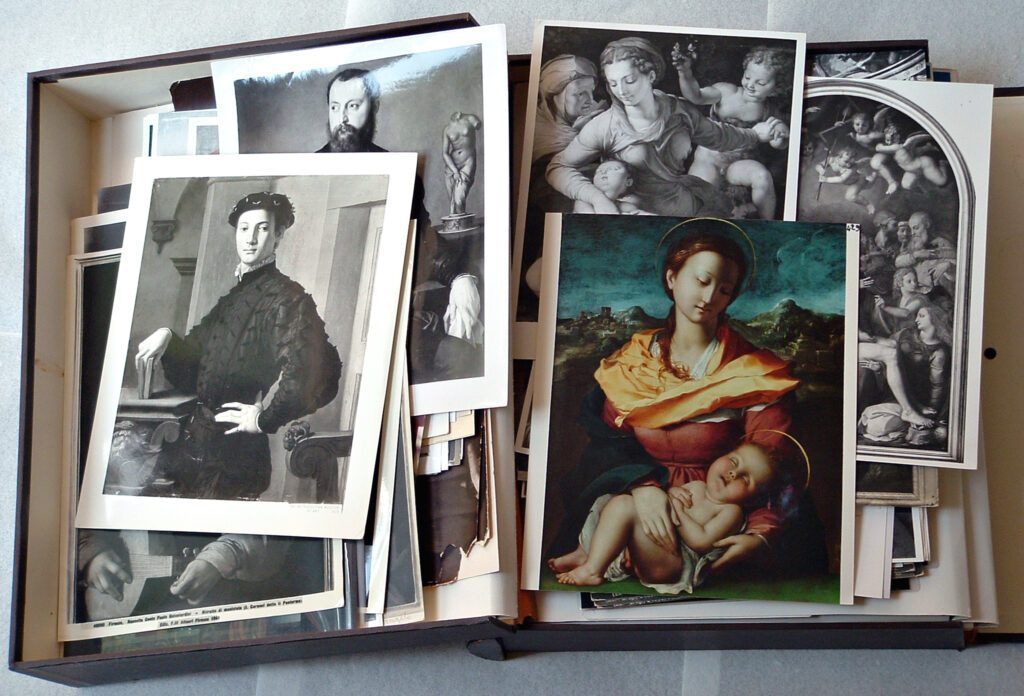
Luca Mattedi, you are now currently working on the digitisation and the cataloguing of the Fahy’s photographs. What are the main phases of your work?

Each photo gets scanned both on the front, where the image is, and on the back, where original hand-written text annotations by Fahy’s can be found. Additionally, the paper documents get scanned trough an OCR software and converted in machine-readable data that can be indexed and filled in a database. Bibliography and references are checked for each entry, too, so this work requires both digital and art-historical skills. This way, Fahy’s photographs will be uploaded in the database and will further enrich the Zeri digital photo-archive. This is a remarkable addition, especially for Florentine and Italian art of the Renaissance, Fahy’s main area of expertise.

Such an important project must have some kind of engagement strategy…
…and indeed it has! We developed “Fahysbook”: a series of Facebook posts that follow each phase of the cataloguing of Everett Fahy’s photo library. Every week we post a story about an artist that has been studied by Fahy, trying to outline his contribution to the knowledge of the painter. This social media campaign had a great success, and we hope to be able to engage even more users through this friendly, accessible content.
About the author
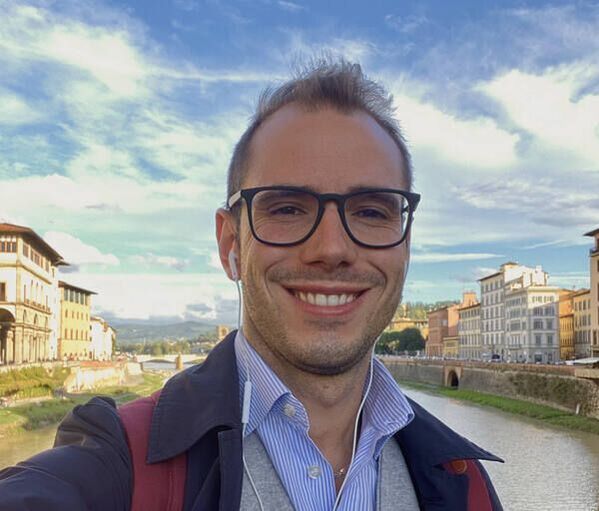
Giovanni Pescarmona is a Digital Art Historian, currently a PhD candidate at the University of Florence. His research interests focus on innovative digital technologies for the enhancement of Cultural Heritage. He works as an advisor for Italian and foreign museums (Fiesole, Florence, Cambridge) for the creation of digital products and experiences.

